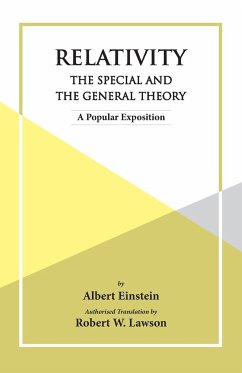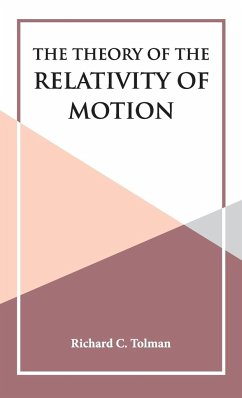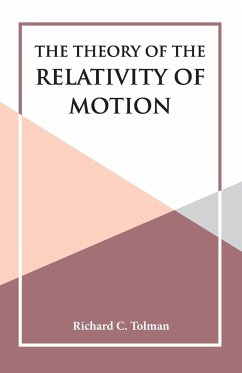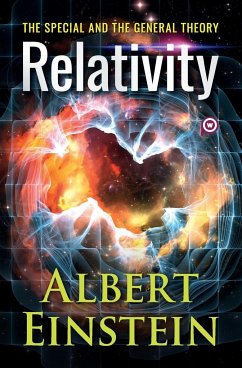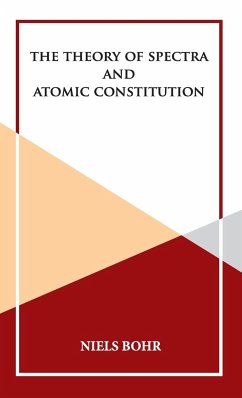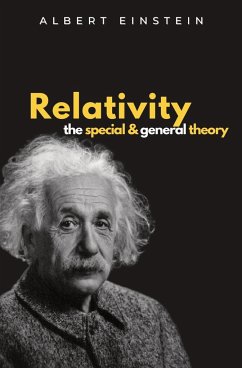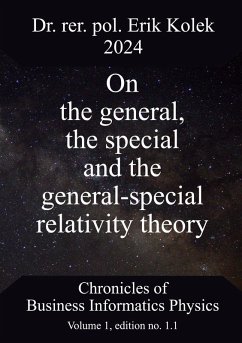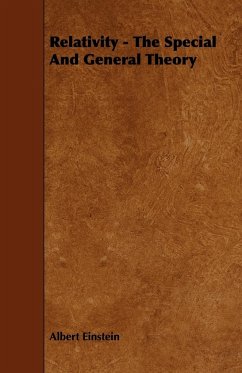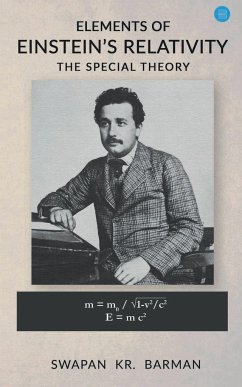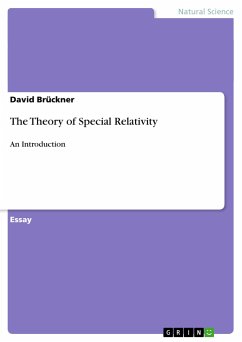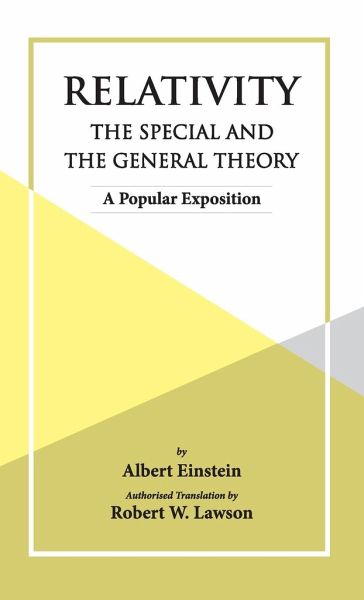
Relativity The Special And The General Theory
Versandkostenfrei!
Versandfertig in 1-2 Wochen
26,99 €
inkl. MwSt.
Weitere Ausgaben:

PAYBACK Punkte
13 °P sammeln!
The Contents of the book are as follows PART I The Special Theory of Relativity I. Physical Meaning of Geometrical Propositions II. The System of Co-ordinates III. Space and Time in Classical Mechanics IV. The Galileian System of Co-ordinates V. The Principle of Relativity (In the Restricted Sense) VI. The Theorem of the Addition of Velocities employed in Classical Mechanics VII. The Apparent Incompatibility of the Law of Propagation of Light with the Principle of Relativity VIII. On the Idea of Time in Physics IX. The Relativity of Simultaneity X. On the Relativity of the Conception of Distan...
The Contents of the book are as follows PART I The Special Theory of Relativity I. Physical Meaning of Geometrical Propositions II. The System of Co-ordinates III. Space and Time in Classical Mechanics IV. The Galileian System of Co-ordinates V. The Principle of Relativity (In the Restricted Sense) VI. The Theorem of the Addition of Velocities employed in Classical Mechanics VII. The Apparent Incompatibility of the Law of Propagation of Light with the Principle of Relativity VIII. On the Idea of Time in Physics IX. The Relativity of Simultaneity X. On the Relativity of the Conception of Distance XI. The Lorentz Transformation XII. The Behaviour of Measuring-Rods and Clocks in Motion XIII. Theorem of the Addition of Velocities. The Experiment of Fizeau XIV. The Heuristic Value of the Theory of Relativity XV. General Results of the Theory XVI. Experience and the Special Theory of Relativity XVII. Minkowski's Four-dimensional Space PART II The General Theory of Relativity XVIII. Special and General Principle of Relativity XIX. The Gravitational Field XX. The Equality of Inertial and Gravitational Mass as an Argument for the General Postulate of Relativity XXI. In what Respects are the Foundations of Classical Mechanics and of the Special Theory of Relativity unsatisfactory? XXII. A Few Inferences from the General Principle of Relativity XXIII. Behaviour of Clocks and Measuring-Rods on a Rotating Body of Reference XXIV. Euclidean and Non-Euclidean Continuum XXV. Gaussian Co-ordinates XXVI. The Space-Time Continuum of the Special Theory of Relativity considered as a Euclidean Continuum XXVII. The Space-Time Continuum of the General Theory of Relativity is not a Euclidean Continuum XXVIII. Exact Formulation of the General Principle of Relativity XXIX. The Solution of the Problem of Gravitation on the Basis of the General Principle of Relativity PART III Considerations on the Universe as a Whole XXX. Cosmological Difficulties of Newton's Theory XXXI. The Possibility of a "Finite" and yet "Unbounded" Universe XXXII. The Structure of Space according to the General Theory of Relativity APPENDICES I. Simple Derivation of the Lorentz Transformation [Supplementary to Section XI] II. Minkowski's Four-dimensional Space ("World") [Supplementary to Section XVII] III. The Experimental Confirmation of the General Theory of Relativity (a) Motion of the Perihelion of Mercury (b) Deflection of Light by a Gravitational Field (c) Displacement of Spectral Lines towards the Red Bibliography Index




